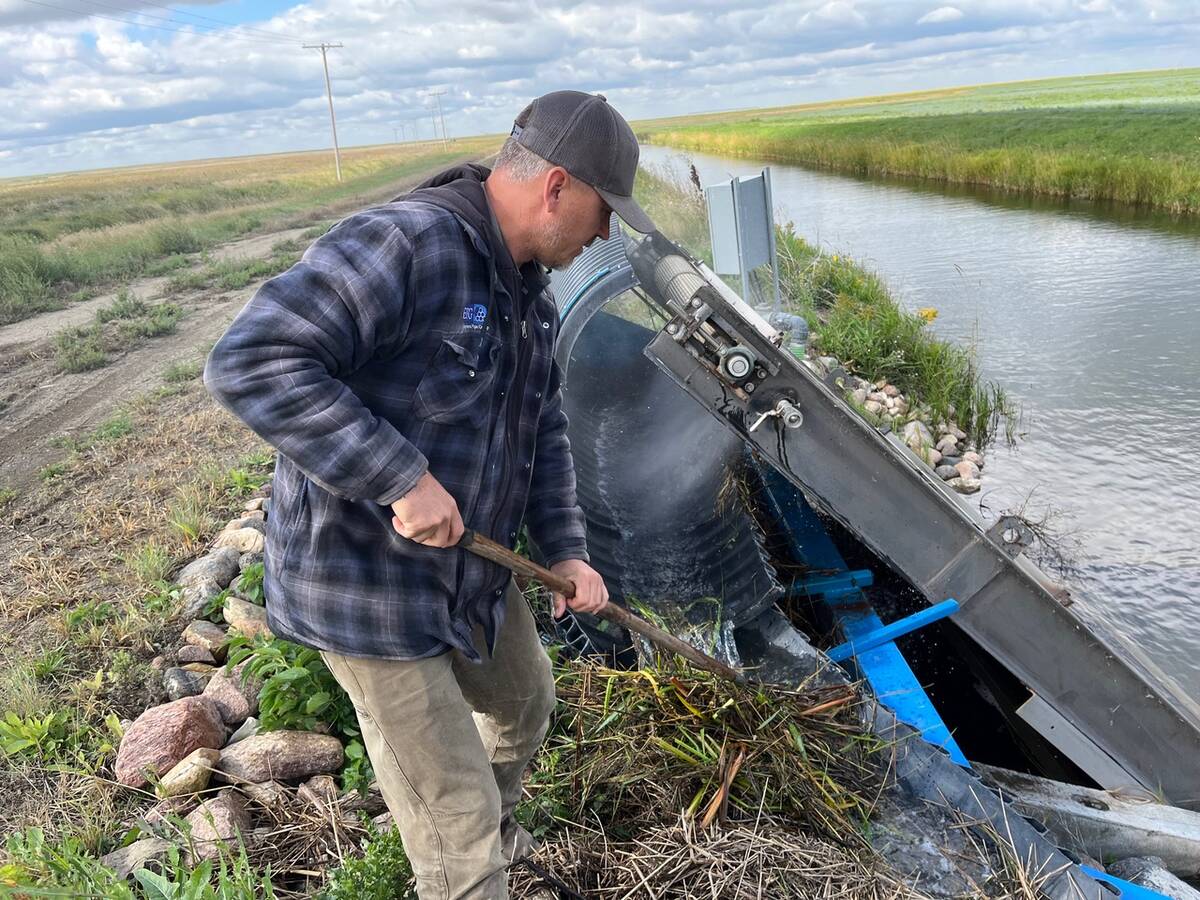There’s a lot of chatter about the bad state of much of the U.S. hard red winter wheat crop but no one should bank on it raising the price of wheat in 2011, said a leading weather analyst.
“It’s a concern, but it’s not a crisis,” said Drew Lerner of World Weather Inc., an analysis firm based in Kansas City, Missouri.
“Everyone keeps talking about hard red wheat as if it was a big problem. It’s an important area (that is affected by dryness), especially now that Australia has its problems, but it may be a little early to start panicking.”
Read Also

Saskatchewan farmer uses tile drainage to manage water
The integration of both irrigation and tile drainage results in higher yields, water efficiency, improved soils and less nutrient runoff, says one producer.
The markets have become worried about the state of the U.S. hard red winter wheat crop because of reports of dry soils in some regions causing poor establishment.
The U.S. Department of Agriculture put the crop at only 47 percent good to excellent, down from 64 percent last year at the same time.
Winter wheat germinates in the autumn, goes dormant over winter, then re-emerges in the spring.
When the soil is dry, winter wheat has trouble developing enough of a crown to support hardy root development in the spring, and that is now the case in much of western Kansas and eastern Colorado.
The U.S. government’s Drought Monitor shows large areas of Kansas, Oklahoma, Colorado and Nebraska being dry, but not critically so.
Lerner said the crop’s fate will be determined by winter and spring precipitation.
If it gets average snow cover and spring rains, the problem largely vanishes.
“Wheat is a grass, and if it can establish a fair amount of root, it can come along pretty well,” said Lerner.
However, poor snow cover would make the weak crop especially vulnerable to winterkill. And soils would become critically dry if there is poor spring precipitation. At that point, yield losses would become significant.
U.S. Department of Agriculture predictions of a slight increase in U.S. wheat acres of two to four percent would, with average yields, produce “just enough wheat” to cover expectations of demand, Oklahoma State University wheat market analyst Kim

















